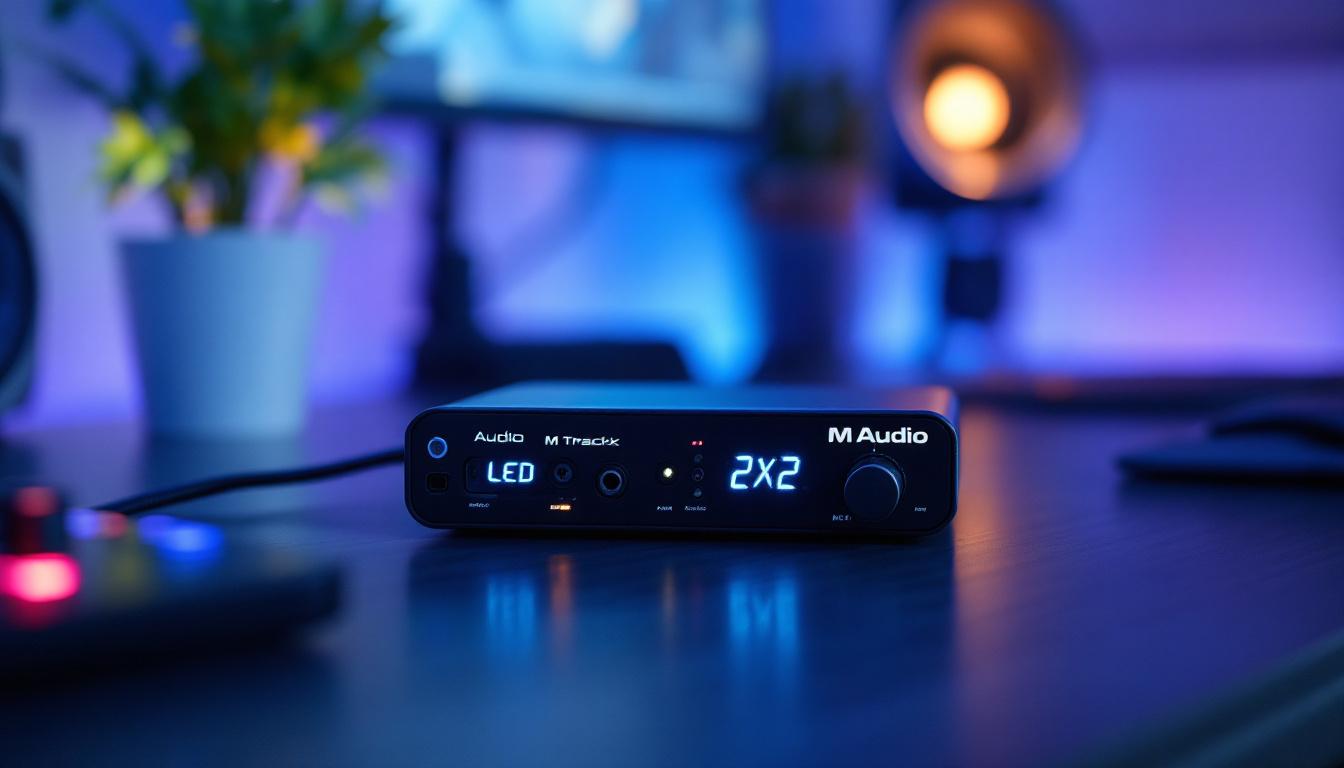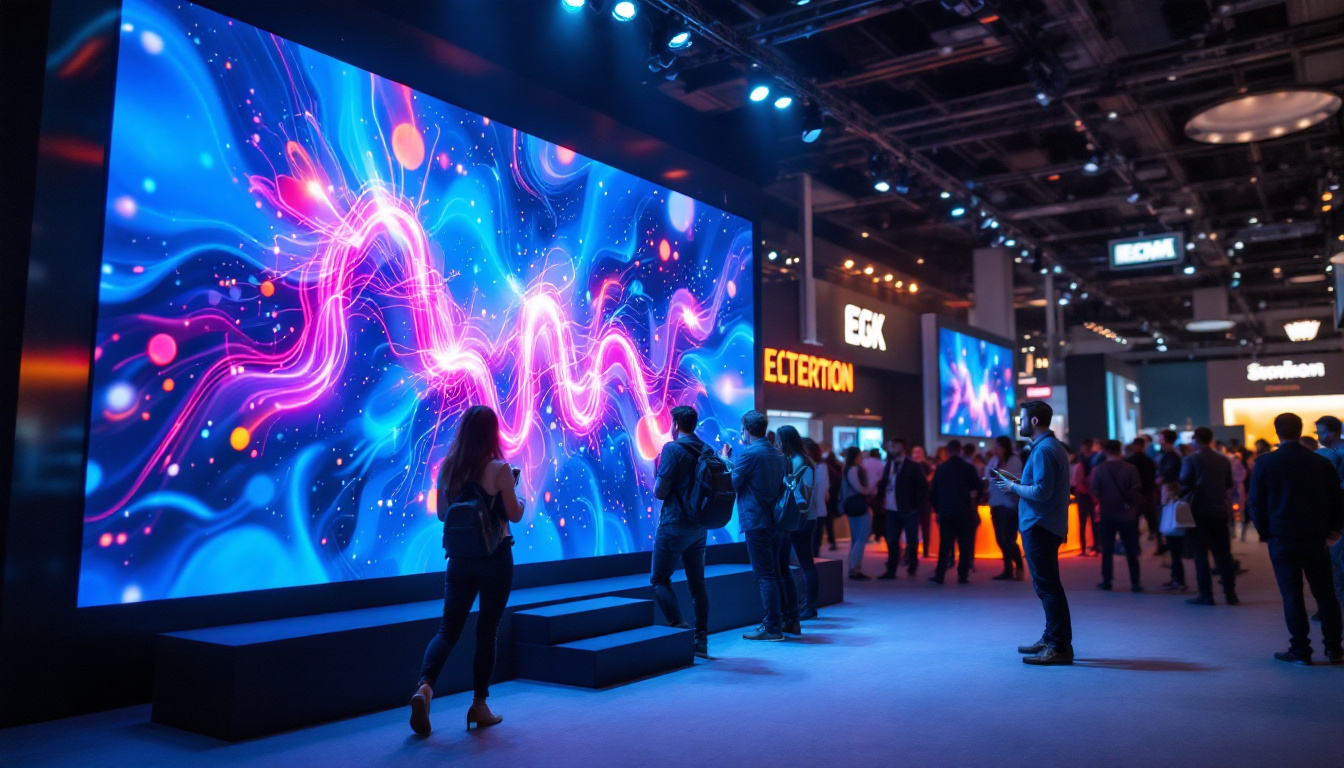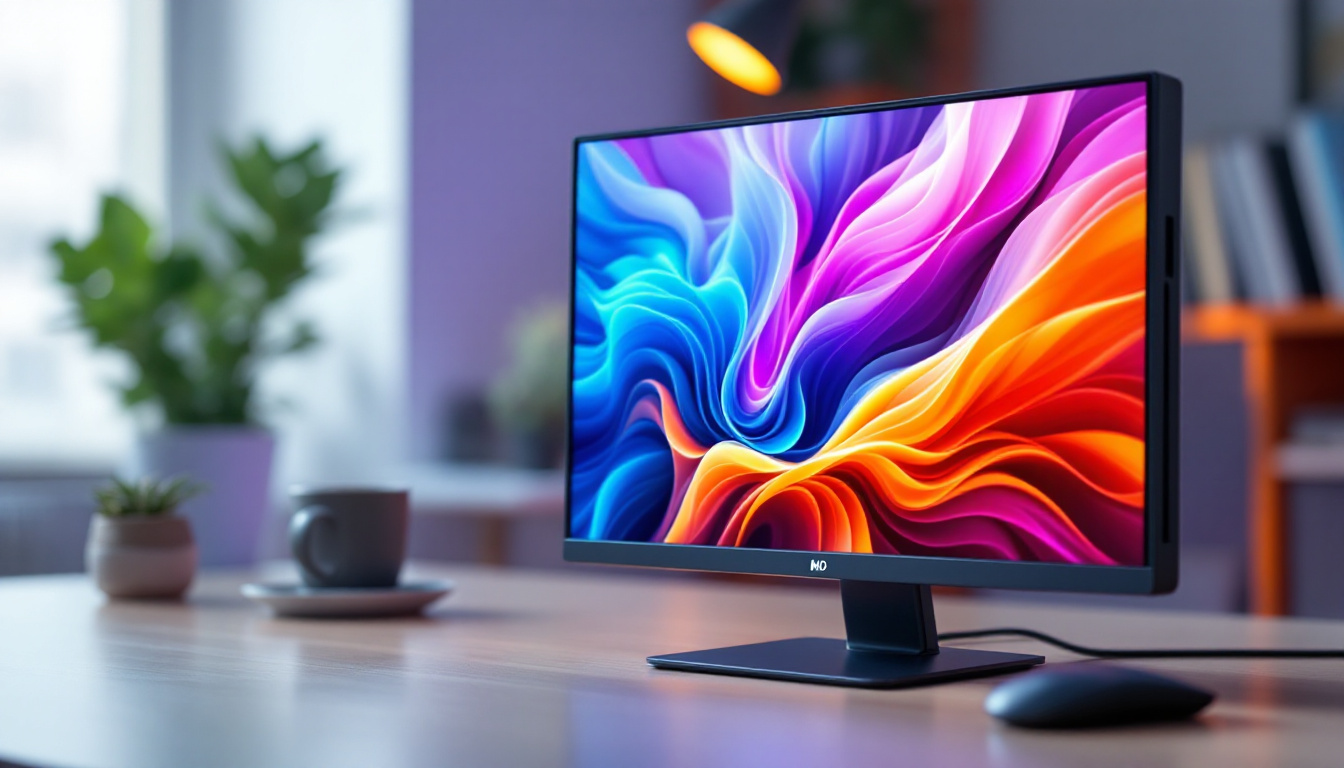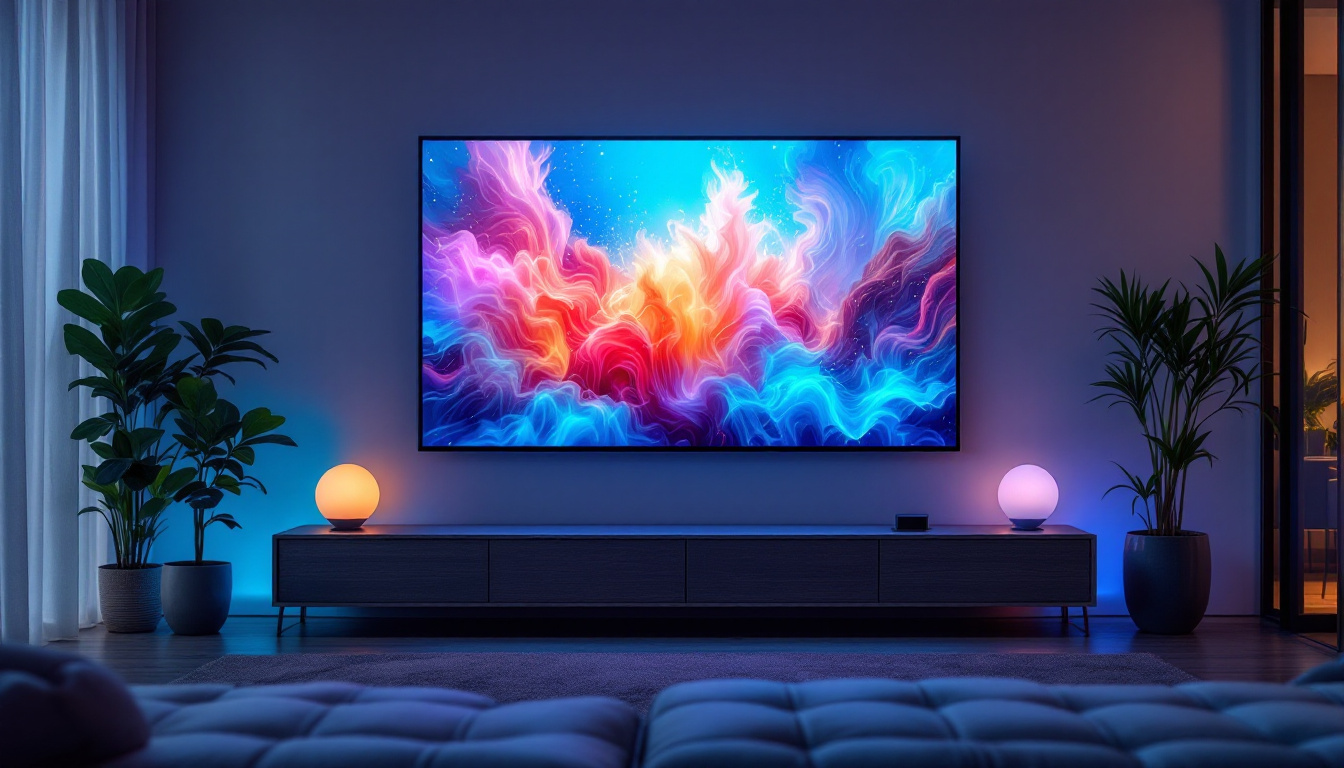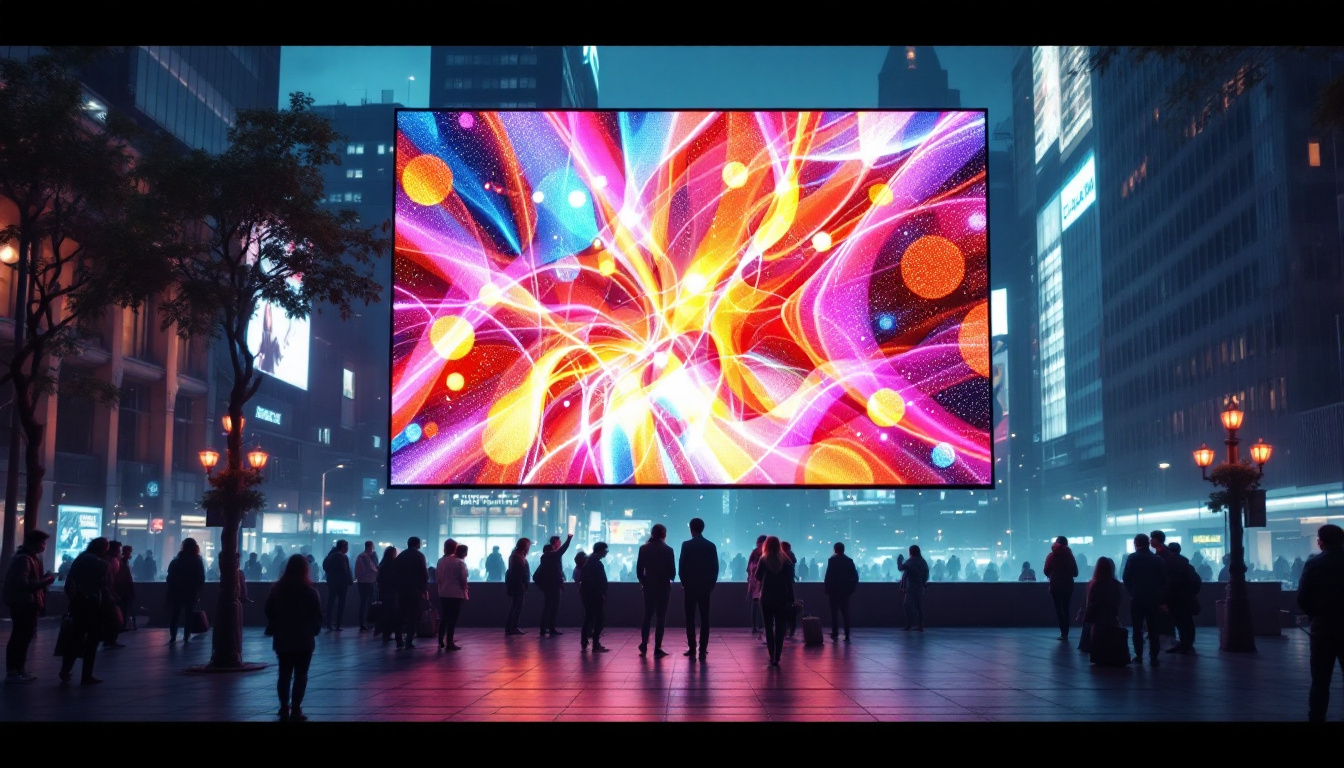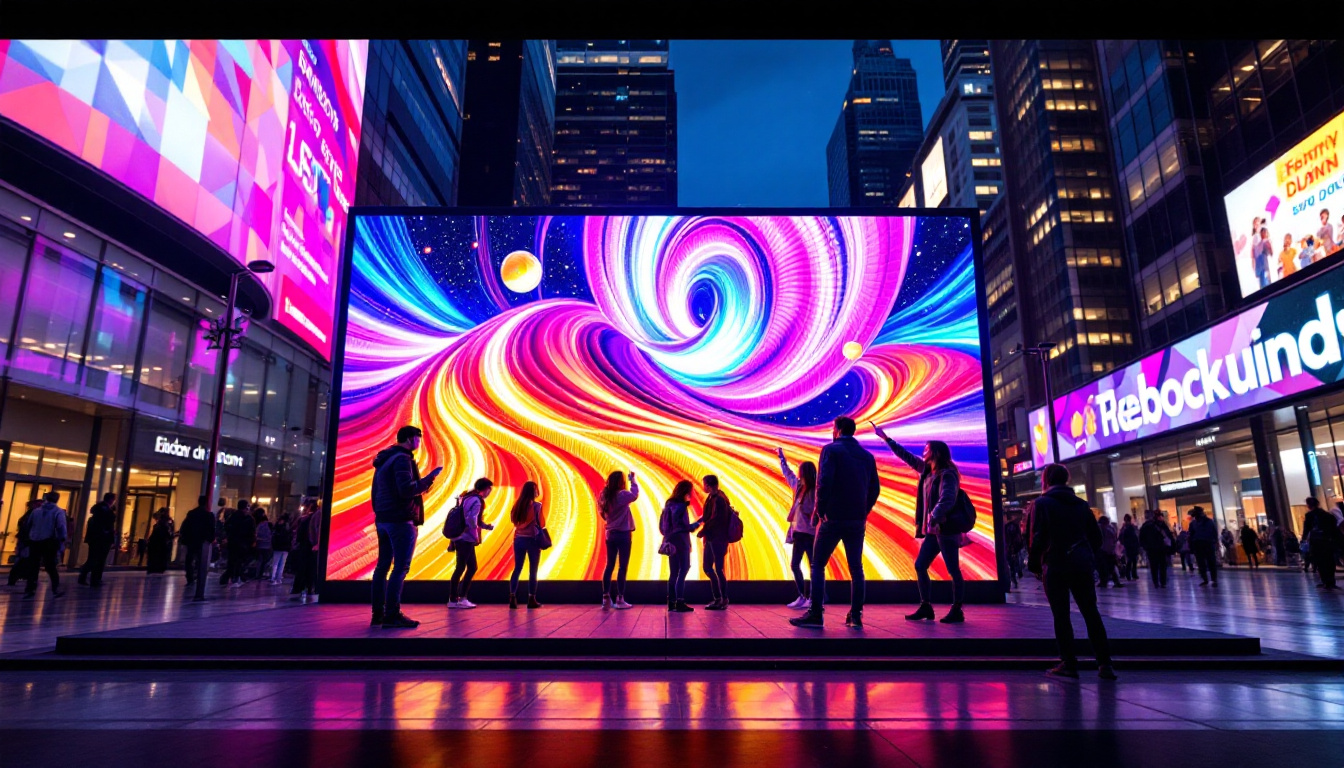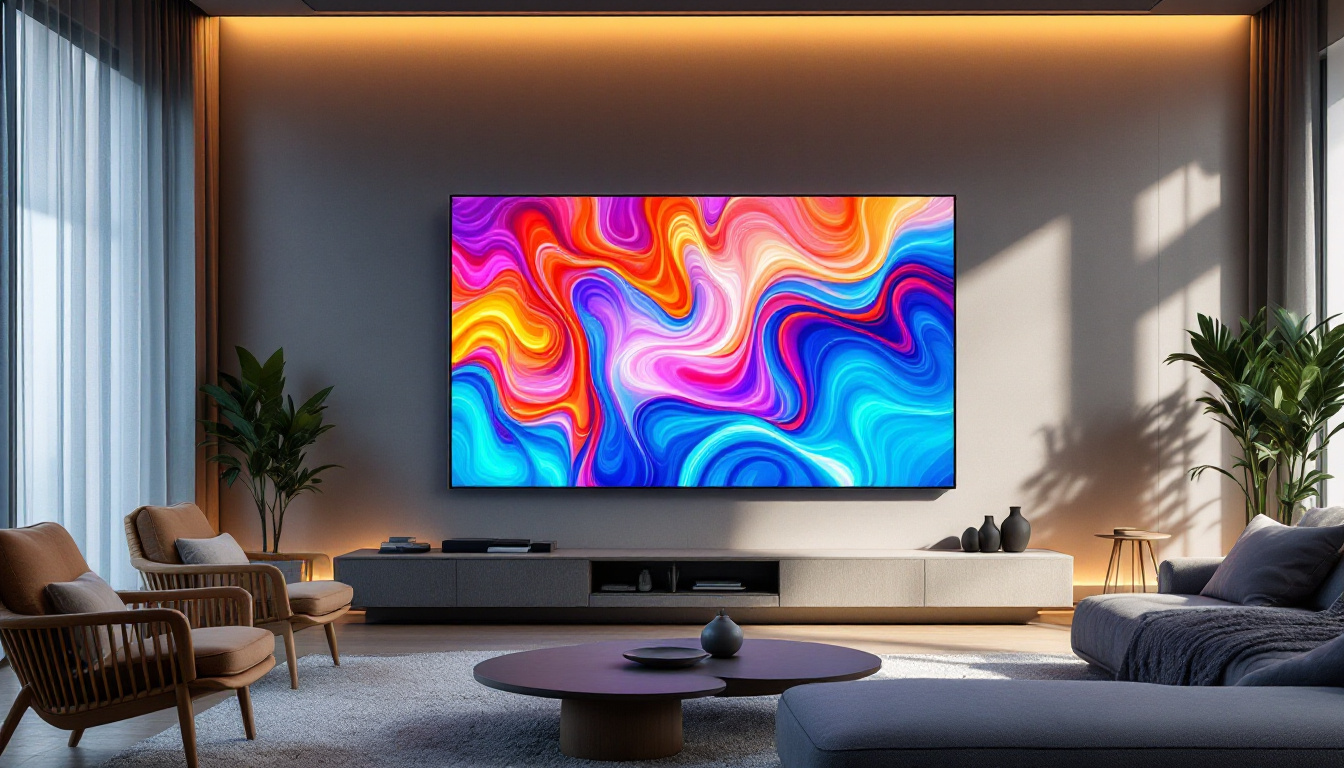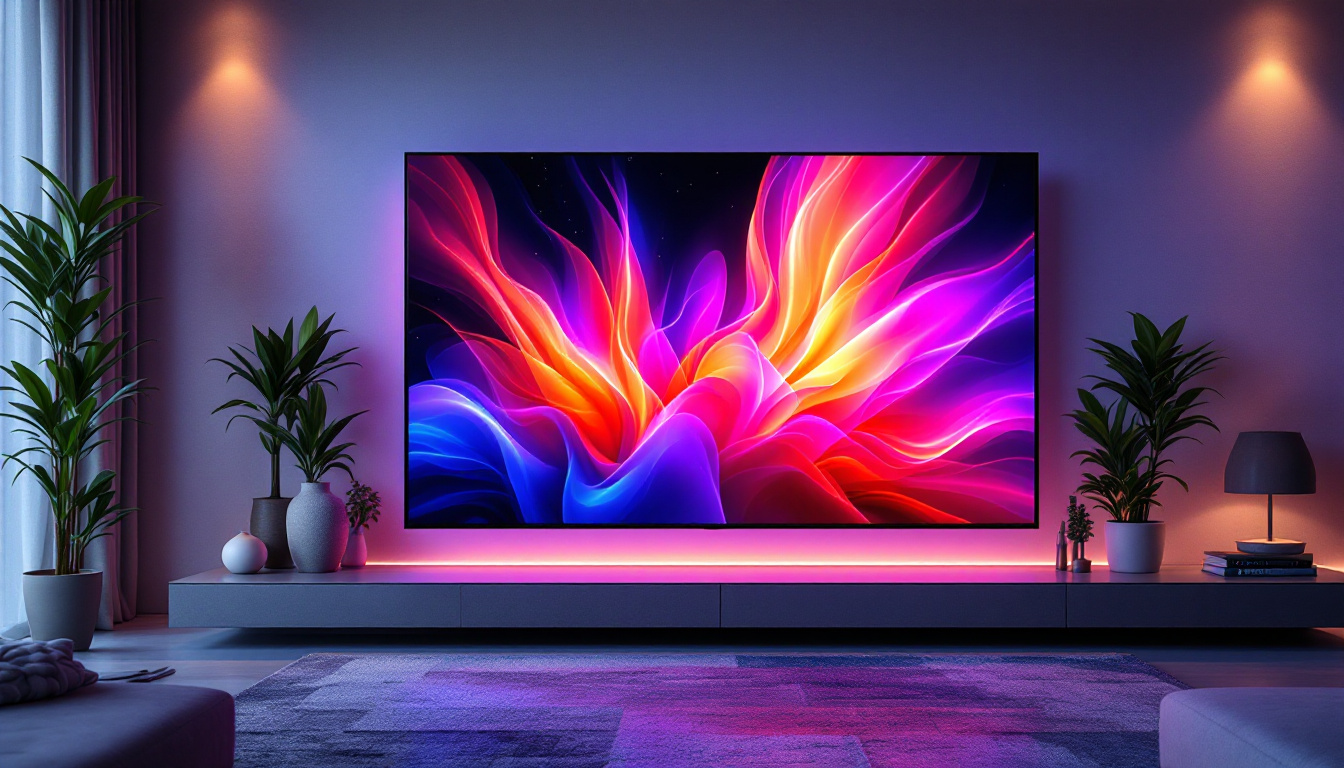In the world of digital signage and display technology, LED matrices play a pivotal role in delivering vibrant visuals across various applications. Among these, the Matrix 2×2 LED display configuration stands out for its compact size, versatility, and ease of integration. Whether you are a hobbyist exploring LED projects or a professional seeking reliable display solutions, understanding the Matrix 2×2 LED display is essential.
This article delves deep into the fundamentals of Matrix 2×2 LED displays, exploring how they work, their practical applications, and key considerations when selecting or designing such displays. By the end, readers will have a comprehensive understanding of this technology and how it fits into the broader landscape of LED display systems.
Understanding the Basics of LED Matrix Displays
What Is an LED Matrix?
An LED matrix is an arrangement of light-emitting diodes (LEDs) organized in a grid pattern, typically in rows and columns. Each LED acts as a pixel, and collectively, they form images, text, or animations when controlled electronically. The matrix configuration allows for efficient control of multiple LEDs using fewer input/output pins by multiplexing rows and columns.
For example, a 2×2 LED matrix consists of four LEDs arranged in two rows and two columns. Despite its small size, this matrix can be used to display simple patterns or symbols by selectively illuminating specific LEDs. The versatility of LED matrices makes them popular in various applications, from simple educational projects to more complex displays in advertising and signage. They can be found in everything from digital clocks to large-scale billboards, showcasing their adaptability and effectiveness in conveying information visually.
How Does a 2×2 LED Matrix Work?
The operation of a 2×2 LED matrix relies on scanning the rows and columns rapidly to create the illusion of a stable image. Each LED is connected at the intersection of a row and a column line. By energizing the appropriate row and column simultaneously, the corresponding LED lights up.
To display multiple LEDs at once, the controller switches between them at a high frequency, a technique known as multiplexing. This rapid switching is imperceptible to the human eye, making all intended LEDs appear lit continuously. In a 2×2 matrix, this process is straightforward due to the limited number of LEDs, making it ideal for beginners and small-scale projects. Furthermore, as users become more familiar with the principles of LED matrices, they can explore more complex configurations, such as 8×8 or even larger matrices, which can display intricate graphics and animations. This scalability allows hobbyists and professionals alike to experiment with varying designs and functionalities, pushing the boundaries of what can be achieved with LED technology.
Technical Specifications and Components of a Matrix 2×2 LED Display
Key Components
A typical Matrix 2×2 LED display includes the following components:
- LEDs: Four individual LEDs arranged in a 2×2 grid, usually with uniform spacing.
- Control Circuit: A microcontroller or driver IC that manages the multiplexing and LED activation.
- Resistors: Current-limiting resistors to protect LEDs from excessive current.
- Connection Interface: Pins or connectors for power supply and data signals.
In addition to these primary components, a 2×2 LED display may also include a protective casing or housing that shields the internal components from dust and physical damage. This casing can be made from various materials, such as plastic or metal, and may feature a transparent front to allow light to pass through while still providing durability. Furthermore, some displays might integrate a heat sink to dissipate heat generated by the LEDs during prolonged use, ensuring optimal performance and longevity.
Electrical Characteristics
Understanding the electrical parameters is crucial for designing or integrating a 2×2 LED matrix. Each LED typically operates at a forward voltage of approximately 2.0 to 3.3 volts, depending on the LED color and type. The forward current is usually around 20 milliamperes (mA) for standard LEDs.
In a multiplexed setup, since each LED is on only a fraction of the time, the peak current during its “on” period may be higher, but the average current remains within safe limits. Proper resistor sizing and power management ensure longevity and stable operation. It’s also important to consider the power supply voltage and current rating when designing the circuit; using a power supply that exceeds the required specifications can lead to overheating and premature failure of the LEDs. Additionally, implementing decoupling capacitors near the power pins can help stabilize the voltage and mitigate noise, further enhancing the reliability of the display.
Control Methods
Controlling a 2×2 LED matrix can be achieved through various methods:
- Direct GPIO Control: Using microcontroller general-purpose input/output pins to drive rows and columns directly.
- Shift Registers: Expanding the number of outputs with shift registers like the 74HC595 for more complex control.
- Dedicated LED Drivers: Integrated circuits designed for LED matrix control, such as the MAX7219, simplify wiring and programming.
For a 2×2 matrix, direct GPIO control is often sufficient, making it a great starting point for learning LED multiplexing. However, as projects grow in complexity, utilizing shift registers or dedicated drivers can significantly reduce the number of required microcontroller pins and streamline the coding process. Moreover, advanced control techniques such as PWM (Pulse Width Modulation) can be employed to achieve varying brightness levels, allowing for more dynamic visual effects. This flexibility makes LED matrices suitable for a wide range of applications, from simple indicators to intricate displays in art installations and advertising boards.
Applications of Matrix 2×2 LED Displays
Educational and Hobbyist Projects
The 2×2 LED matrix is a popular choice for electronics education. It introduces beginners to concepts like multiplexing, microcontroller programming, and basic circuit design. Projects may include simple games, pattern displays, or status indicators.
For example, students can program a microcontroller to display a smiley face or directional arrows on the 2×2 matrix, gaining hands-on experience with timing and control logic.
Wearable and Compact Devices
Due to its small size, the 2×2 LED matrix is ideal for wearable technology or compact gadgets that require minimal visual feedback. It can serve as a notification indicator, battery status display, or simple user interface element.
In fitness trackers or smart badges, a 2×2 matrix can convey essential information without adding bulk or complexity.
Prototyping and Interface Design
Engineers and designers use 2×2 LED matrices in prototyping stages to test display concepts or user interactions. Its simplicity allows rapid iteration and debugging before scaling up to larger matrices or more sophisticated displays.
This approach saves time and resources by validating ideas on a manageable scale.
Design Considerations and Best Practices
Choosing the Right LEDs
LED selection impacts brightness, color, power consumption, and viewing angle. For a 2×2 matrix, standard 3mm or 5mm LEDs are common choices. Red, green, or blue LEDs are widely used, but white or multi-color LEDs can add versatility.
Consider the operating environment—bright outdoor settings may require high-brightness LEDs, while indoor applications can use standard brightness to conserve power.
Power Management
Even with only four LEDs, power supply design matters. Ensuring stable voltage and current prevents flickering and extends component life. Using appropriate resistors and avoiding excessive current draw are fundamental practices.
For battery-powered devices, optimizing duty cycles and brightness levels can significantly enhance battery life.
Programming and Control Logic
Efficient multiplexing requires precise timing control. Microcontrollers like Arduino, Raspberry Pi Pico, or ESP32 are popular platforms for driving 2×2 LED matrices due to their accessible programming environments and ample GPIO pins.
Implementing software routines that cycle through rows and columns at a frequency above 60 Hz avoids visible flicker and ensures smooth display performance.
Physical Layout and Assembly
Proper spacing and alignment of LEDs affect the visual quality of the display. Consistent soldering and secure connections prevent intermittent failures.
Using a printed circuit board (PCB) designed for the 2×2 matrix simplifies assembly and enhances durability compared to breadboard setups.
Comparing Matrix 2×2 with Larger LED Matrices
Scalability and Complexity
While the 2×2 matrix is excellent for simple displays, larger matrices like 8×8 or 16×16 provide higher resolution and more detailed visuals. However, they require more complex control schemes, additional hardware, and increased programming effort.
The 2×2 matrix serves as a foundational learning tool before progressing to these advanced configurations.
Cost and Power Efficiency
Smaller matrices consume less power and cost less to produce. For applications where only minimal visual output is needed, the 2×2 matrix offers a cost-effective solution without unnecessary complexity.
Use Case Suitability
Choosing between a 2×2 matrix and larger matrices depends on the application’s requirements. For simple notifications or indicators, the 2×2 matrix is sufficient. For dynamic text or images, larger matrices are necessary.
Future Trends and Innovations in LED Matrix Displays
Integration with Smart Technologies
As the Internet of Things (IoT) expands, LED matrices, including 2×2 configurations, are increasingly integrated with wireless modules for remote control and data display. This connectivity enhances their utility in smart homes, wearable devices, and interactive installations.
Advancements in LED Materials
Emerging LED technologies, such as micro-LEDs and organic LEDs (OLEDs), promise higher brightness, better color accuracy, and lower power consumption. While these are currently more common in larger displays, future miniaturized matrices may benefit from these advancements.
Enhanced User Interfaces
Combining LED matrices with touch sensors or gesture recognition opens new possibilities for intuitive user interfaces, even in small-scale devices. The 2×2 matrix could evolve beyond simple indicators to interactive elements in compact gadgets.
Conclusion
The Matrix 2×2 LED display, though modest in size, offers a powerful introduction to LED matrix technology. Its straightforward design, ease of control, and versatility make it an invaluable component in education, prototyping, and compact device applications.
Understanding its operation, technical requirements, and practical uses equips designers and enthusiasts to harness its potential effectively. As LED technology continues to evolve, the foundational concepts learned through working with a 2×2 matrix will remain relevant and beneficial.
Whether lighting up a simple pattern or serving as a building block for more complex displays, the Matrix 2×2 LED display remains a key player in the dynamic world of digital visualization.
Explore Cutting-Edge LED Displays with LumenMatrix
Ready to take your projects to the next level with the latest in LED display technology? LumenMatrix is at the forefront of creating immersive visual experiences with a wide array of LED display solutions. From vibrant Indoor and Outdoor LED Wall Displays to innovative options like Vehicle LED Displays, LED Posters, and even Custom LED solutions, we have everything you need to make your vision a reality. Discover how our LED Sports Displays, Floor LEDs, All-in-One, and Transparent Displays can transform your space and captivate your audience. Check out LumenMatrix LED Display Solutions today and join the revolution in visual communication.



